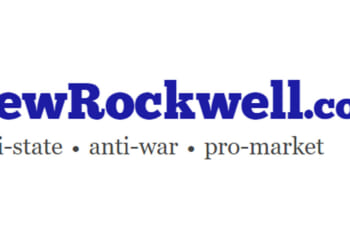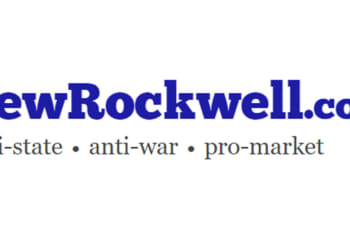Most law school exams are issue spotters, requiring students to analyze legal issues in a (sometimes ridiculous) fact pattern. The recent controversy over Jimmy Kimmel’s suspension is the perfect telecom law issue spotter. At first glance, Federal Communications Commission Chairman Brendan Carr’s threat of legal action in response to Kimmel’s political commentary about Charlie Kirk’s murder, and ABC’s subsequent decision to pull the talk show host off the air, seems like a quintessential violation of basic constitutional speech rights. But digging deeper, the controversy highlights several important nuances regarding how the First Amendment applies to an agency charged with regulating the speech industry.
Let’s start with the obvious: ABC did not violate Kimmel’s speech rights. The First Amendment limits government officials, not private actors. Just as Twitter could suspend President Trump’s account, ABC can discipline an employee for his speech without running afoul of the Constitution. Moreover, when Kimmel speaks on-air, his remarks constitute ABC’s own speech—and ABC has its own First Amendment right of editorial control to decide which messages it carries on its network.

The trickier question is whether Kimmel or ABC has a claim against Chairman Carr. The Supreme Court’s recent decision in NRA v. Vullo clarified that government officials can attempt to persuade private actors to express or suppress speech, but they cross a constitutional line when persuasion becomes coercion. Here, Carr didn’t just criticize Kimmel’s message—he threatened regulatory consequences if ABC failed to act. Vullo makes clear that using threats of adverse government action to suppress speech can be coercive, giving rise to a plausible claim.
But without ABC’s support, Kimmel would struggle to establish standing. In Murthy v. Missouri, the Court explained that federal courts cannot redress injuries resulting from independent third-party action. Kimmel would need to show that ABC suspended him because of Carr’s coercion, not because of an independent business-related reason. According to the New York Times, ABC made the call on Wednesday after disagreeing with Kimmel’s proposed response to the controversy on that evening’s show. Disney had received negative feedback from viewers, advertisers, and key affiliate partners such as Sinclair and Nexstar, the latter of which had decided to preempt Kimmel on Nexstar-owned stations. (Nexstar’s pending merger before the FCC could affect its own business judgment but would not mean its private criticism was attributable to Carr for First Amendment purposes.) Together, these facts make it hard under Murthy for Kimmel to establish standing to sue for what is effectively a violation of his employer’s rights.
Murthy also raises concerns about remedies. In Egbert v. Boule, the Court refused to recognize a damages claim against a federal official for violating a plaintiff’s First Amendment rights. So Kimmel and ABC would likely focus on injunctive relief, seeking to preclude Carr from making such threats in the future. In that case, to establish standing the plaintiffs must show a substantive risk of future injury; past action is some evidence of this risk, but not conclusive. (Of course, establishing a pattern of such statements by Carr would help their cause.)
Finally, there’s the broader question of whether Carr could have followed through with his threat. Red Lion Broadcasting v. FCC held that broadcasters have fewer First Amendment protections than newspapers, cable companies, social media networks, and other speech platforms. In that 1969 case, the Court upheld the Fairness Doctrine, which required broadcasters to present a fair and balanced discussion of public issues. The Commission repealed the Fairness Doctrine long ago, and most commentators doubt Red Lion remains good law. But it’s never been formally overturned.
That said, Red Lion is a thin reed upon which to rest Carr’s threat. That case was based on scarcity: only a limited number of voices can speak over the airwaves, which justified a rule requiring more viewpoints. But the constitutional analysis would be different if the rule resulted in suppressing speech. Many Commission chairs—including Trump’s previous chair, Ajit Pai—believed that the public interest standard does not authorize agency punishment of specific messages. And this is particularly true when it appears private forces were already addressing Kimmel’s conduct, making Carr’s intervention at best unnecessary and arguably counterproductive.
The Kimmel suspension is part of a long, unfortunate FCC tradition of “regulation by raised eyebrow,” where informal threats shape media behavior without formal action. That dynamic underscores the risks inherent in having a communications regulator: networks like ABC may technically have the ability to fight back on behalf of their on-air talent, but the very point of coercion is to create disincentives to do so. Carr’s intervention may not result in an adverse judgment, but it is difficult to see it as anything other than a violation of the spirit of the First Amendment.
The post L’Affaire Kimmel and the First Amendment appeared first on American Enterprise Institute – AEI.











